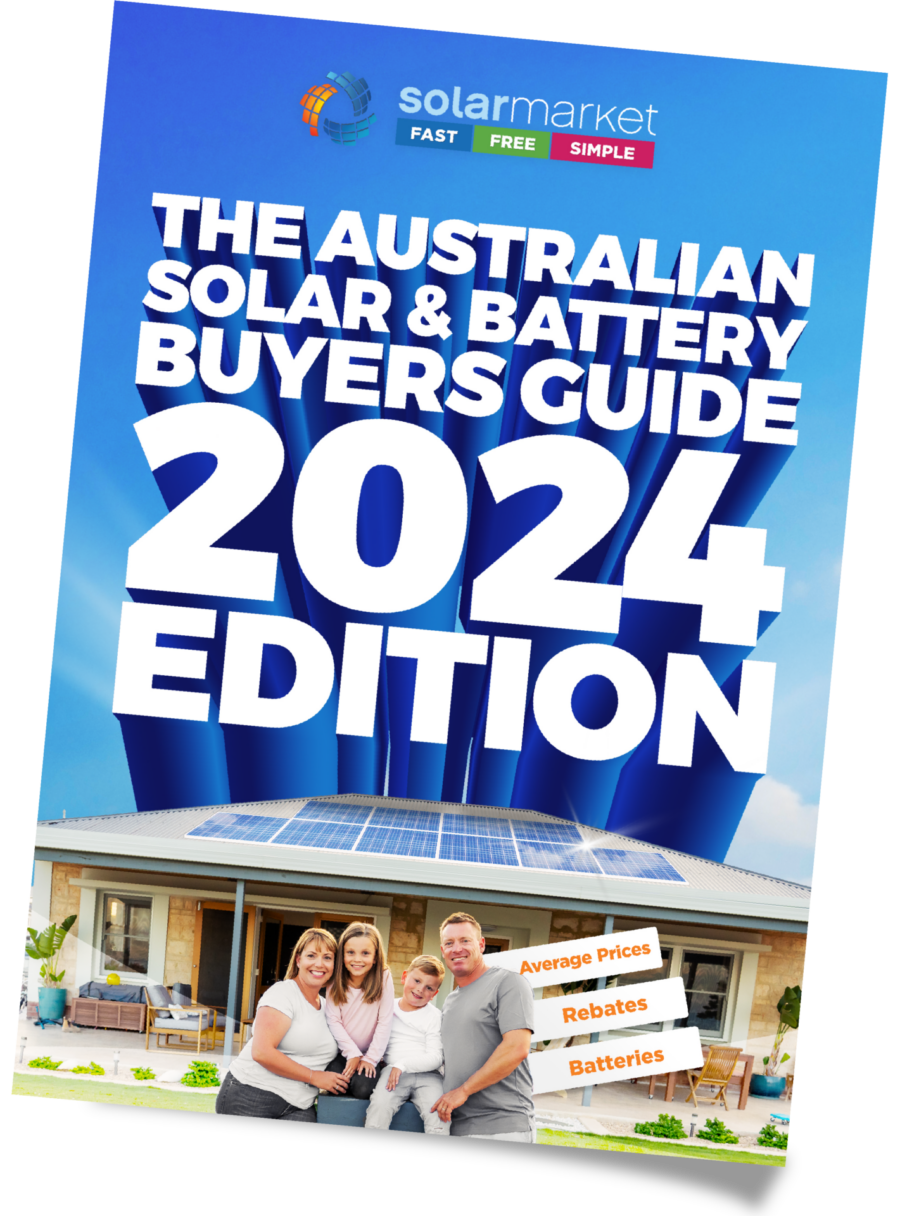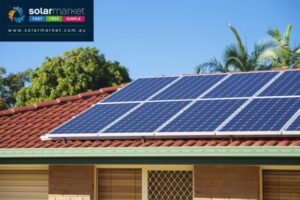All grid connected solar systems will and must disconnect from the grid during a blackout. In the case of 99.9% of residential connected solar systems, that means that the solar system will shut down. There is a very good reason for this and that reason is safety.
There are two reasons power to your house goes out:
- Planned network maintenance in the local area
- Unplanned system disturbance has knocked out the power
In either case, there are probably going to be line workers coming to work on the powerlines not far from your house.
When they get there, because the grid has been turned off they are going to be expecting that those powerlines they are about to touch are completely dead.
However, if you’ve got a neighbourhood down the road with PV generation, that’s going to mean those lines aren’t dead. This is a very real danger for anyone working on them.
There is a situation where a local generator remains on, even when the grid goes down. That is called “Islanding”. Australian standard 4777.3 dictates that any grid connected inverter (such as in a PV system) MUST disconnect from the grid with 2 seconds of the grid going down through some kind of anti-islanding scheme.
What’s the simplest way to disconnect your system from the grid? Shut it down.
Why can’t I just have a switch which takes me off the grid but leaves my system on?
Earlier we mentioned that 99.9% of residential PV systems shut down when the grid shuts down. This is because it’s the easiest way to ensure that the PV system doesn’t island. You can make it such that the PV system will remain on AND you’ll be disconnected from the grid.
However, this is much more complicated, and therefore much more expensive.
Essentially there are two ways to do this:
- Always have your PV disconnected from the grid
- Add switches and rewire your home electrical configuration
Always have PV disconnected from the grid
This method involves splitting your household load between grid-connected and PV-connected loads. What this means is some appliances, for example your pool pump, are connected ONLY to your PV system. So your grid connection and PV connection are isolated from each other. This means you can still run your pool pump when the grid is off but also means you can not run it if the sun isn’t shining.
Add switches and rewire your home electrical configuration
In this instance you add a disconnect switch where you connect to the grid. This switch must operate automatically within 2 seconds of the grid going down so as to be the same as the constraints on a PV inverter.
Inside the house, your electrical setup must be adjusted such that the solar system will have a pathway to inject electricity to your house even if your grid connection is cut.
Additionally, the PV inverter you purchase must be setup for off-grid functionality, which not all off the shelf inverters are or have the capability for.
Summary
A solar system will disconnect during a blackout for safety reasons. Shutting down is the simplest and cheapest solution to making sure the system is disconnected.
While it is possible to make it such that the solar system will not shut down during a blackout the expense and inconvenience far out weighs the benefit. This is particularly true in most areas of networks where the frequency and duration of blackouts is low.










